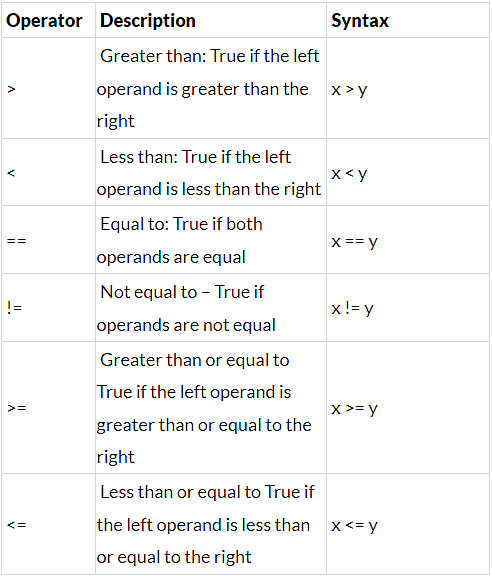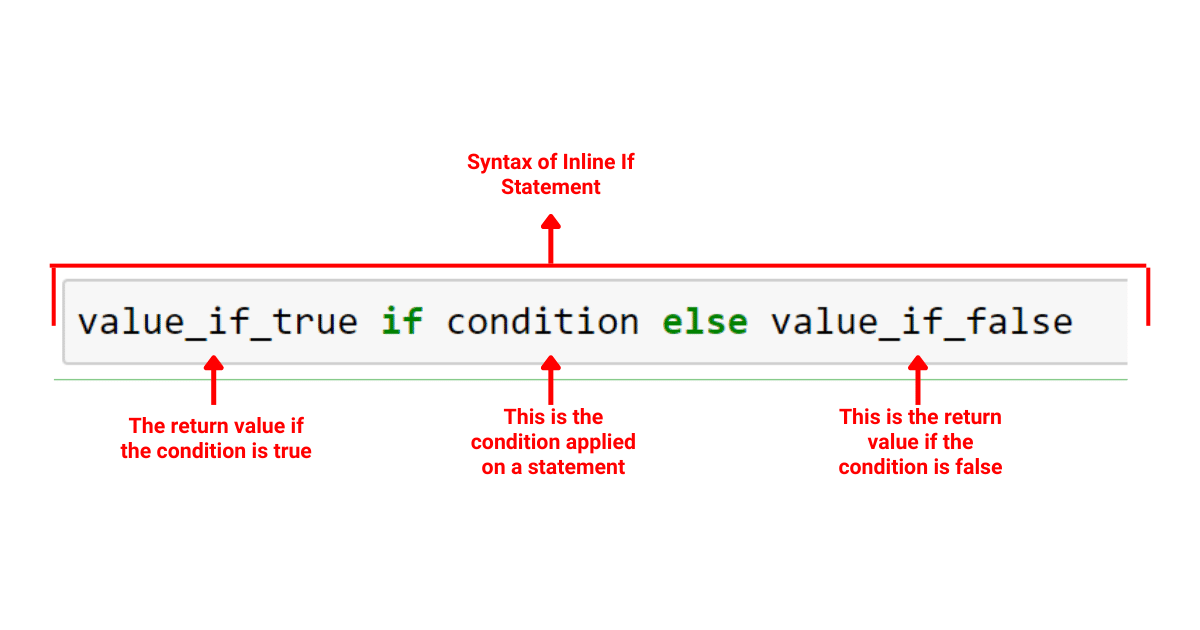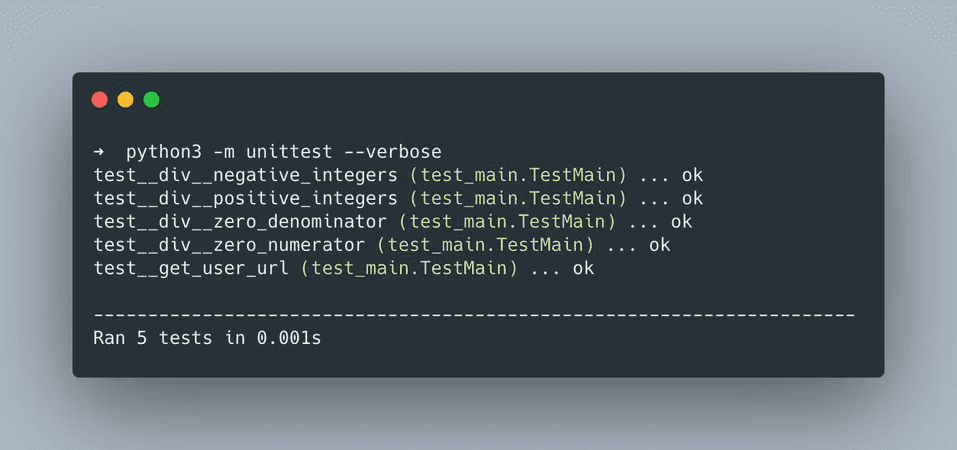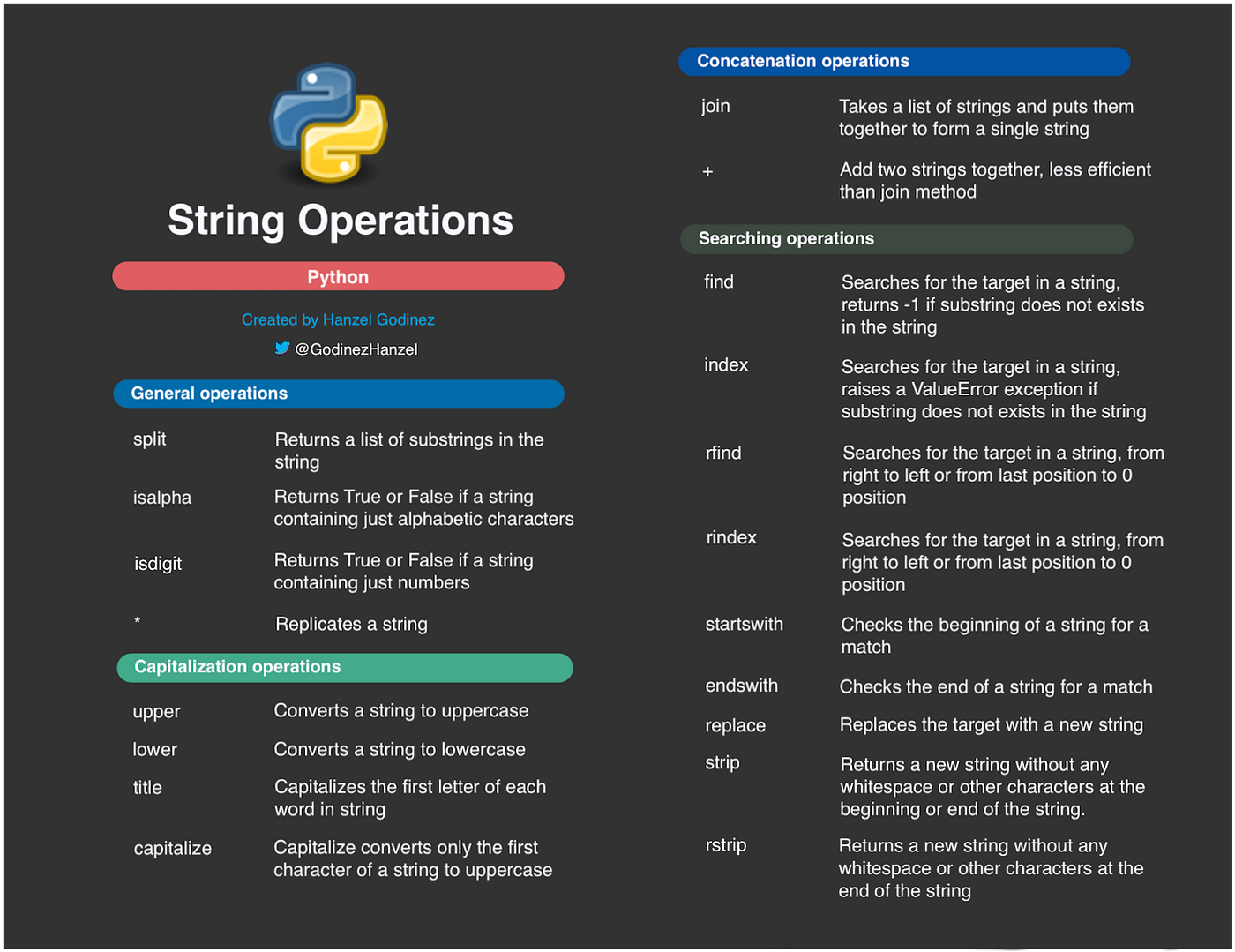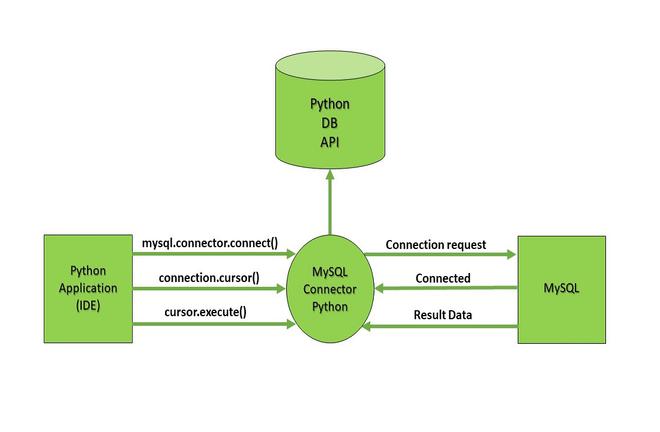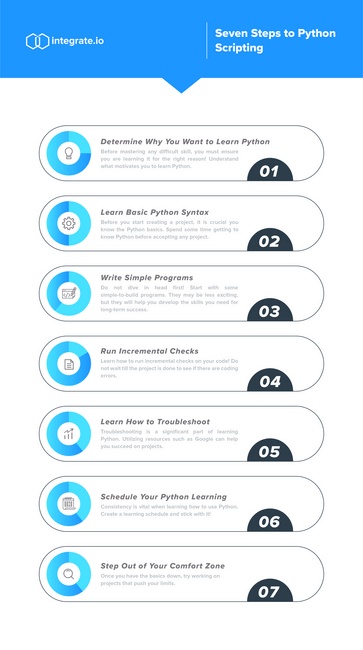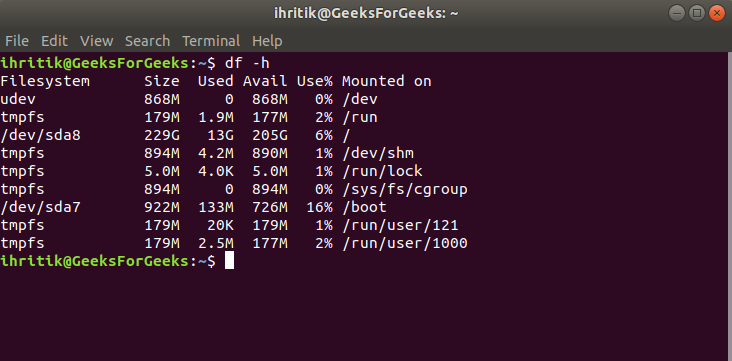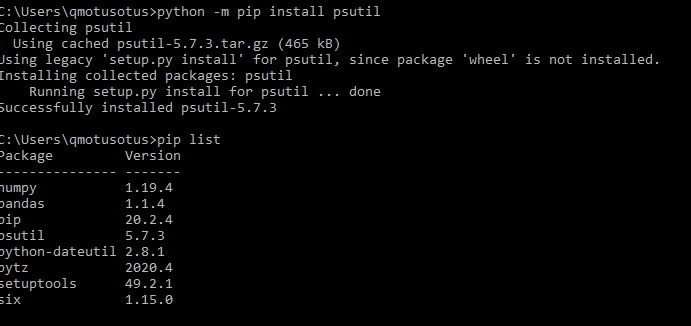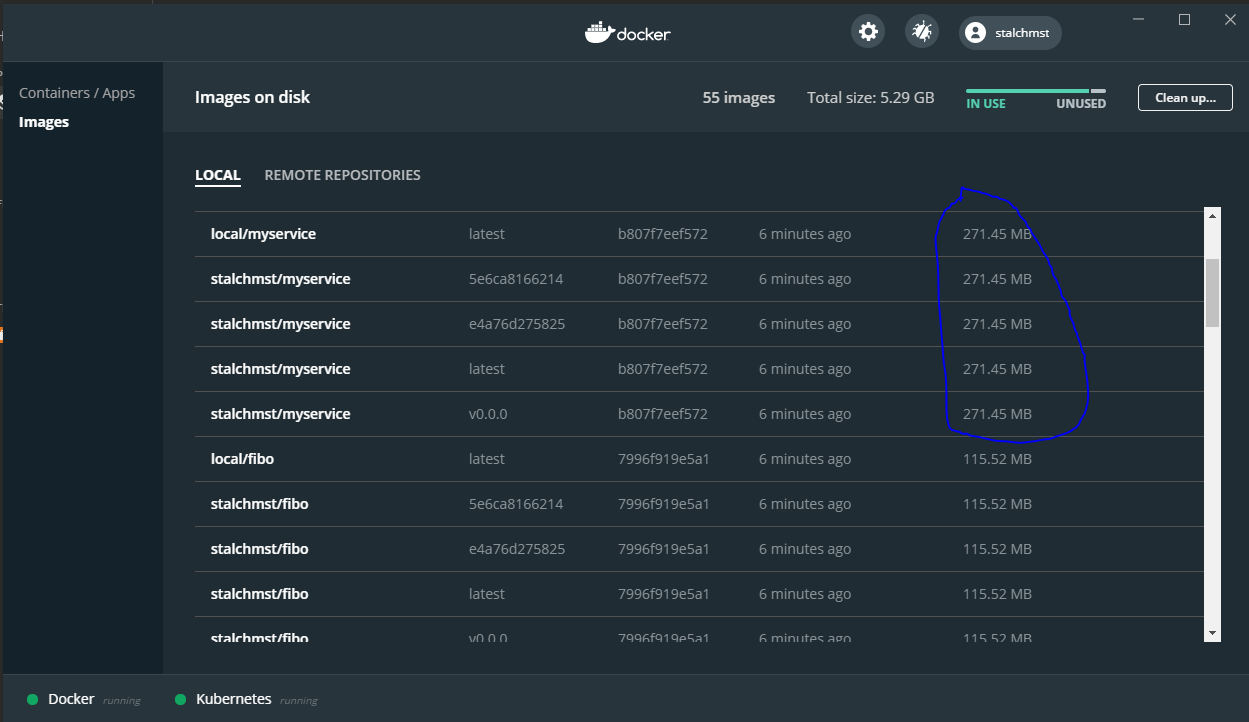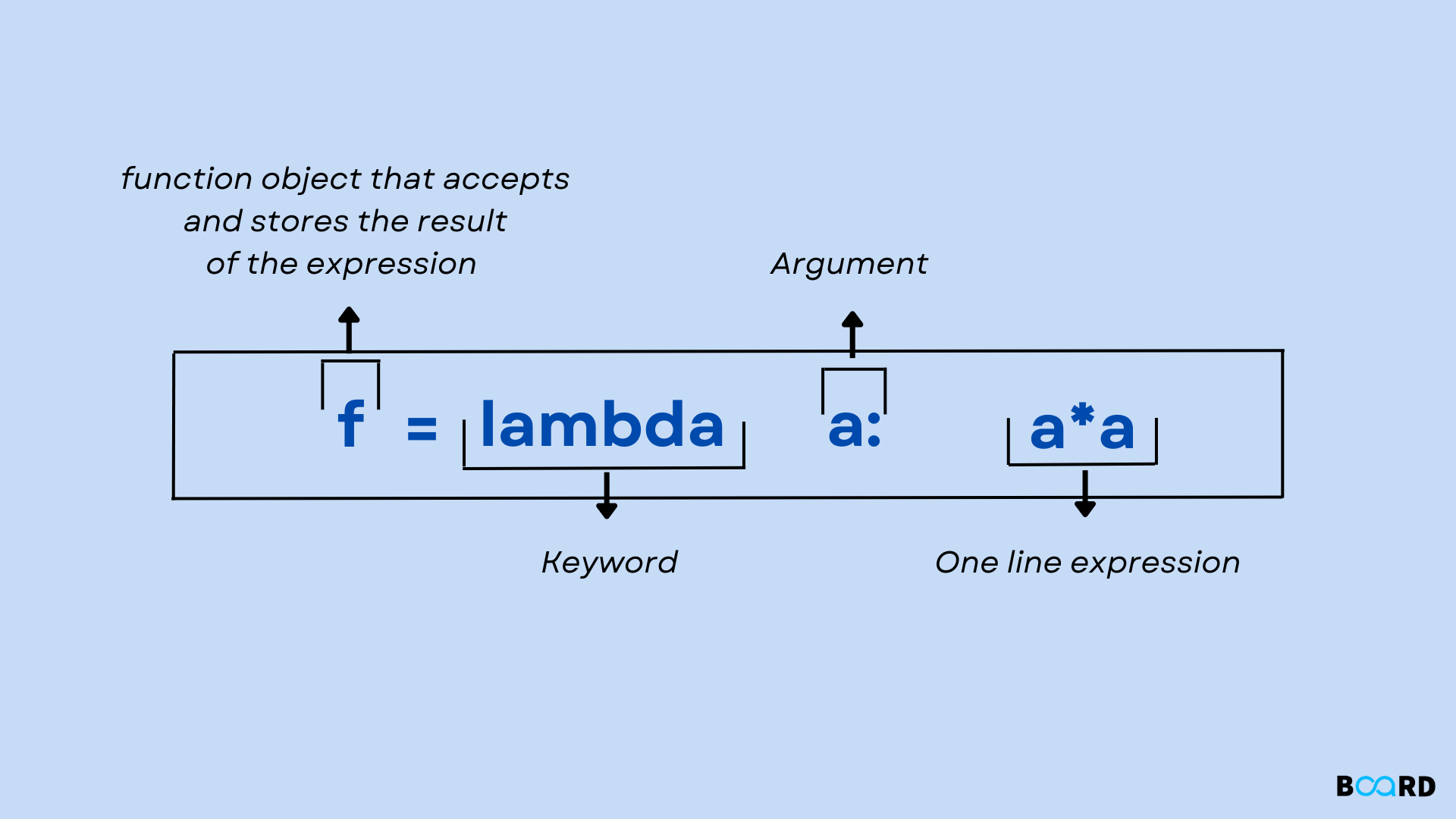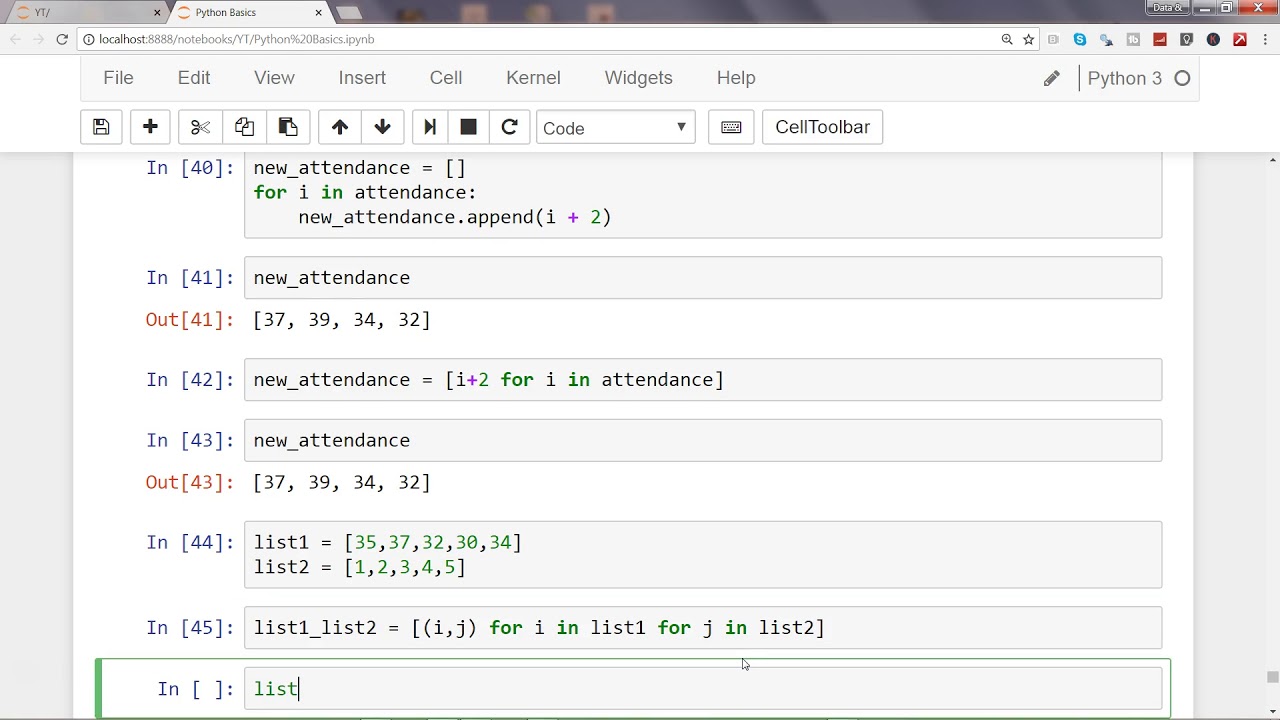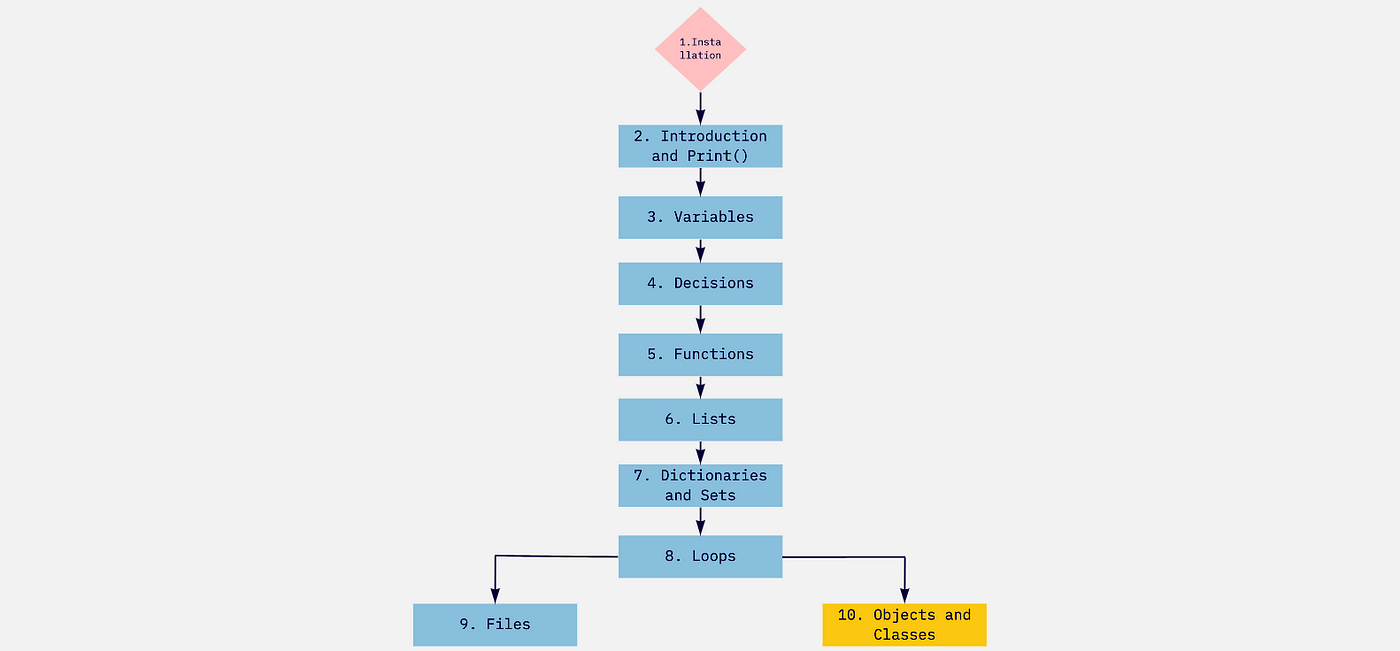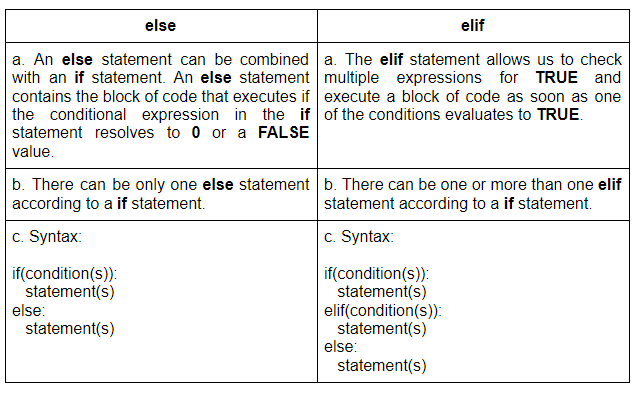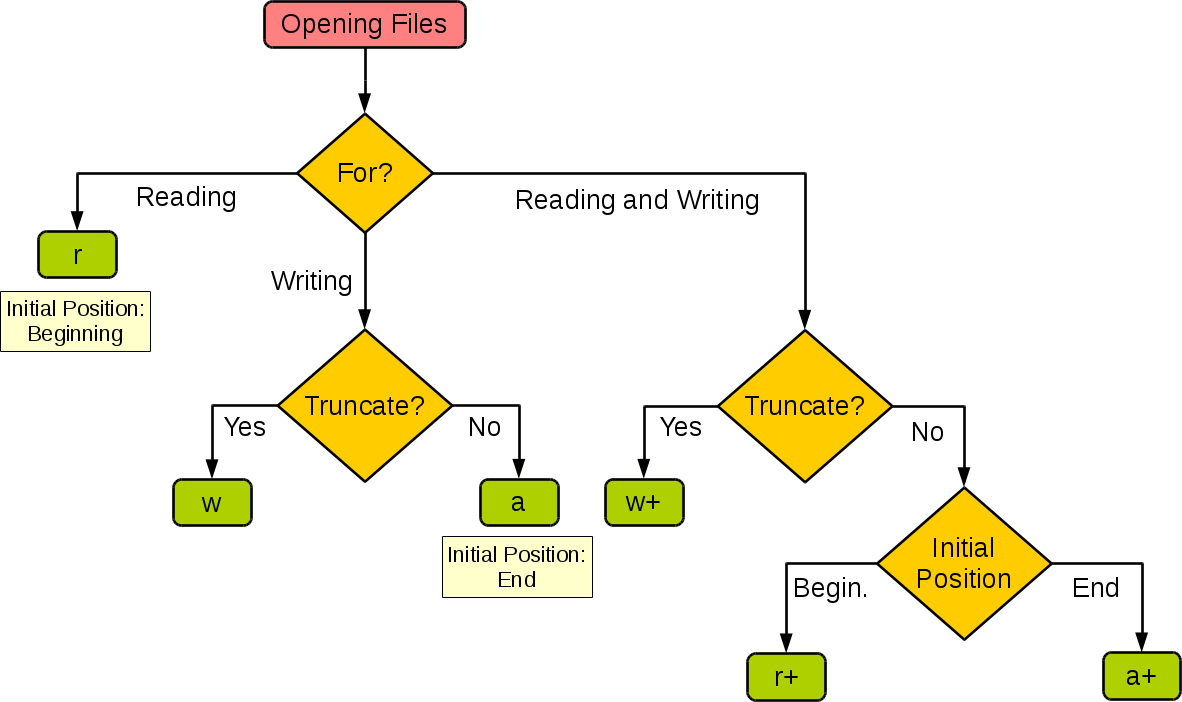Python metaclass vs metaclass
Python metaclass vs metaclass
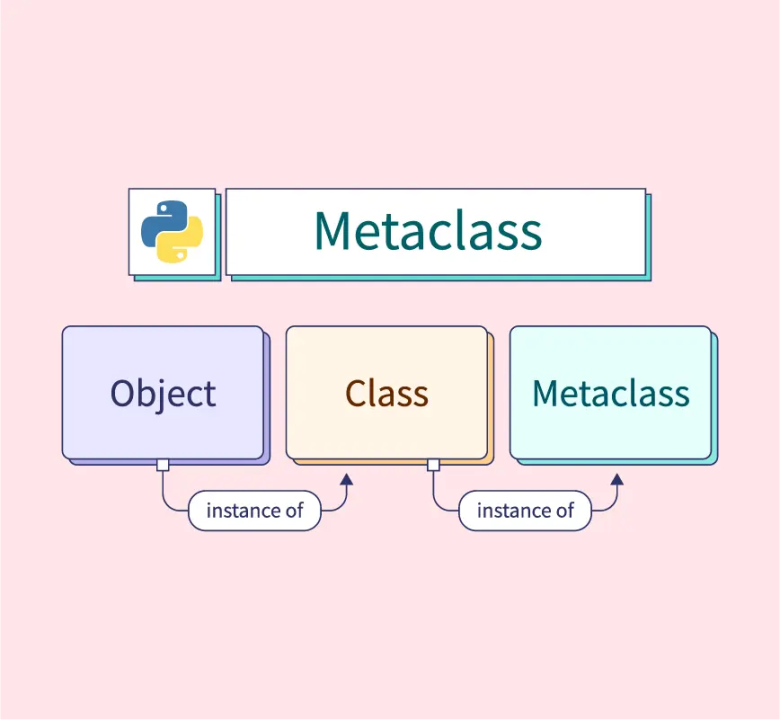
The eternal confusion between metaclass and __metaclass__. Let's dive into the world of Python metaclasses to understand the difference.
What is a Metaclass?
In Python, a metaclass is a class whose instances are classes. Yes, you read that correctly - a class is an instance of another class! This concept can be quite mind-bending, but stick with me, and we'll explore its significance in more detail.
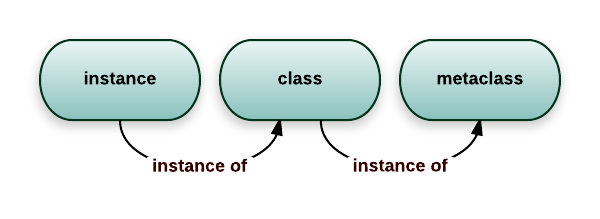
A metaclass is responsible for creating and configuring the class, including setting attributes, defining methods, and performing other initialization tasks. When you define a class in Python, the metaclass is called to create an instance of that class. This instance is what we commonly refer to as a "class."

What is __metaclass__?
Now that we have a basic understanding of metaclasses, let's talk about __metaclass__. In Python 2.x, you can specify the metaclass for a class by setting the __metaclass__ attribute. This attribute takes the value of the metaclass you want to use.
For example:
class MyMeta(type):pass
class MyClass(object):
metaclass = MyMeta
In this case, when you define MyClass, Python will use the MyMeta class as the metaclass. This allows you to customize the creation and configuration of the MyClass instance.
The Difference: metaclass vs __metaclass__
Now that we've discussed both terms, let's highlight the key differences:
In Python 3.x, you should use themetaclass attribute to specify the metaclass for a class. For example:
In Python 2.x, you need to use theclass MyMeta(type):pass
class MyClass(metaclass=MyMeta):
pass
__metaclass__ attribute to achieve the same result.
Why Should You Care?
You might be wondering why metaclasses and their attributes (metaclass vs __metaclass__) are important. Well, metaclasses provide a powerful way to customize class creation and configuration. This can be particularly useful when working with complex systems or frameworks that require custom behavior.
For instance, you could create a metaclass that automatically generates certain methods or attributes based on the class's definition. You might also use metaclasses to enforce specific design patterns or coding standards.
Conclusion
In conclusion, metaclass and __metaclass__ are related but distinct concepts in Python. Understanding the difference between these terms can help you effectively utilize metaclasses to customize class creation and configuration, ultimately leading to more robust and maintainable code.
So, the next time someone asks you about metaclasses or __metaclass__, you'll be ready to confidently explain the differences and provide insightful examples!
Python metaclass=Singleton

Here's a comprehensive explanation of how to implement the Singleton design pattern using Python and its metaclasses:
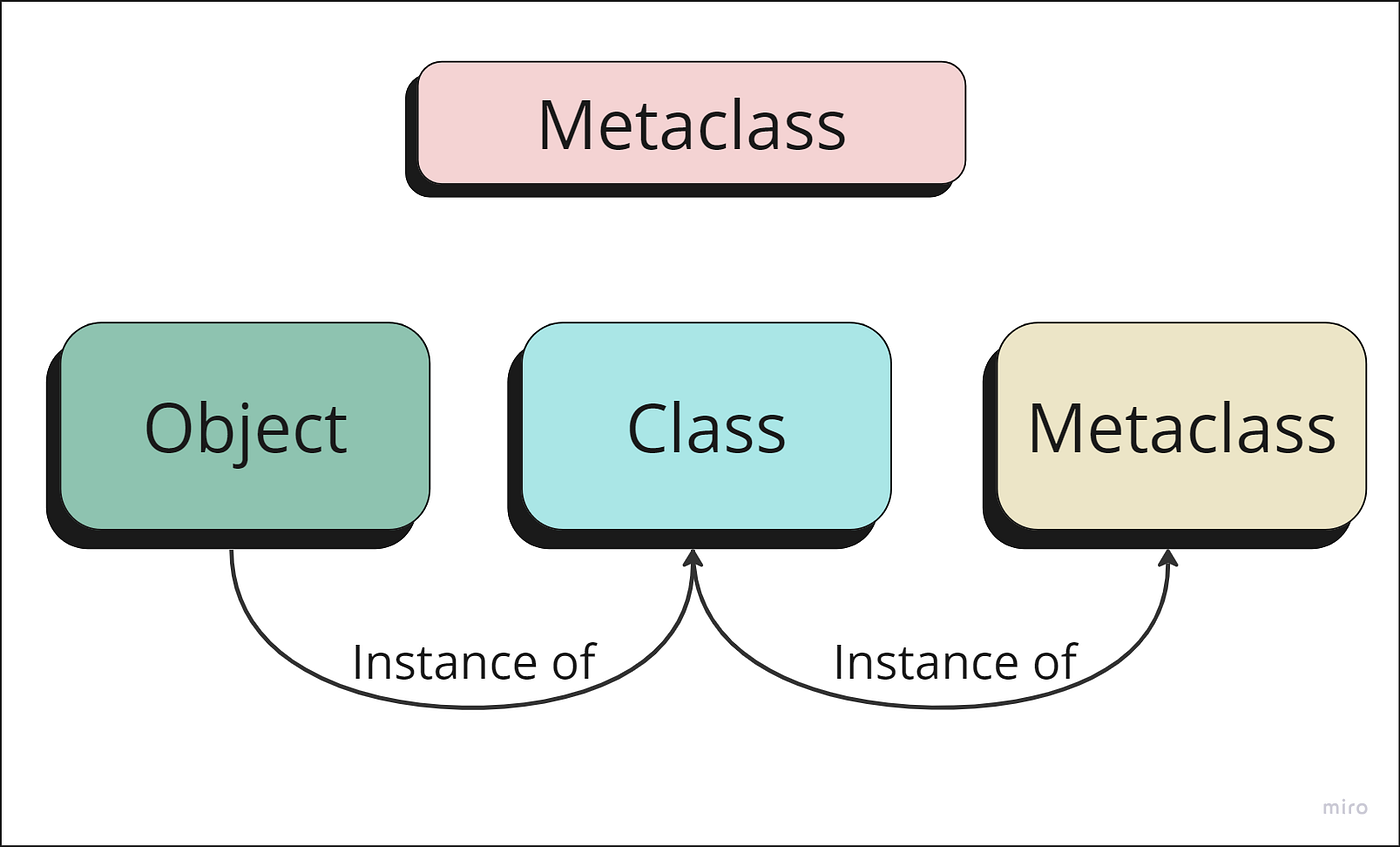
What is the Singleton Pattern?
The Singleton pattern is a design pattern that restricts the instantiation of a class to a single instance. This means that only one object of the class can be created, and if an attempt is made to create another instance, it will return the existing one.
Why Use the Singleton Pattern?
The Singleton pattern is useful when:
Global Access: You need a global point of access to a resource or functionality. Resource Constrained: The object requires significant resources (e.g., memory, I/O) that would be wasteful to duplicate. State Maintenance: The object needs to maintain some internal state or context.Implementing the Singleton Pattern in Python
To implement the Singleton pattern in Python, we'll use a metaclass (a class whose instances are classes). Here's an example:
class Singleton(type):_instances = {}
def call(cls, *args, **kwargs):
if cls not in cls._instances:
instance = super(Singleton, cls).call(*args, **kwargs)
cls._instances[cls] = instance
return cls._instances[cls]
Example usage:class MyClass(object):
pass
MyClass = Singleton("MyClass")
print(id(MyClass)) # Should print the same ID for multiple calls
Here's what's happening:
We define a metaclassSingleton that inherits from type. In Singleton, we maintain a dictionary _instances to keep track of instantiated classes. The __call__ method is overridden to check if an instance of the class already exists in _instances. If not, it creates and stores the new instance. When you try to instantiate MyClass (or any other class that uses this metaclass), the metaclass will return the existing instance or create a new one if none exist.
Benefits and Trade-Offs
Using the Singleton pattern with a metaclass has some benefits:
Convenient: You can easily apply the Singleton pattern to multiple classes without having to manually implement it. Flexible: The metaclass approach allows you to customize the behavior of your Singleton classes by overriding specific methods (e.g.,__init__, __new__).
However, there are some trade-offs to consider:
Performance: Instantiating a class with a metaclass might be slightly slower than traditional instantiation. Code Complexity: The metaclass approach can add complexity to your code, especially for developers who aren't familiar with metaclasses.Conclusion
In this answer, we've explored how to implement the Singleton design pattern using Python's metaclasses. By using a metaclass, you can easily apply the Singleton pattern to multiple classes and customize their behavior. While there are some trade-offs to consider, the benefits of convenience, flexibility, and code reusability make the metaclass approach an attractive choice for implementing Singletons in Python.
